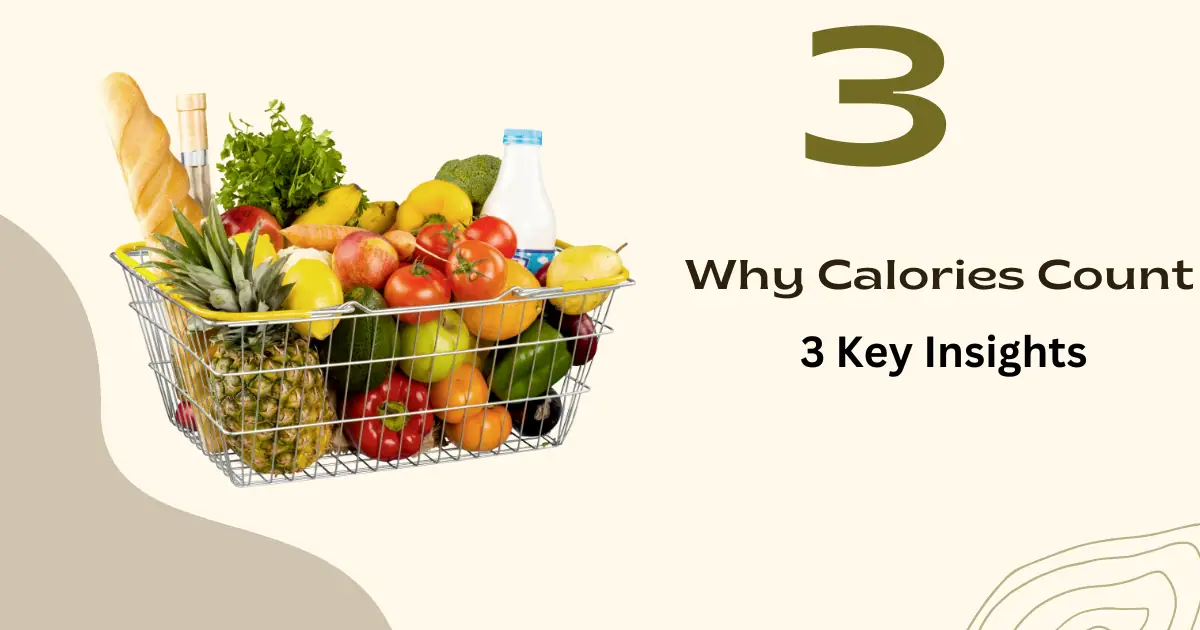Why Calories do count
When you consume more calories than you burn up, your body converts the unused carbohydrate, protein, or fats into body fat. This is why excess calories from any source can add interesting dimensions to your fat-absorbing belly, hips and thigs. If we could just find a high-calorie, delicious food that would take 12 hours to eat, it wouldn’t be such a threat to the waistline. The real “problem foods” are the high-calorie gang that are quickly and easily consumed-such as candy bars, cake, chips and cookies. Not coincidentally, these are the villains that are usually considered ‘fattening.
But they’re not necessarily fattening. They’re just easy to eat-and extraordinarily high in calories.
Regardless of how high they are in calories, you can have candy, cake, chips, or cookies. But when you make the choice to eat these types of foods, you also need to figure out how you can eat low-calorie, filling foods as well.
Where Does the Low-fat diet go wrong?
Zero-fat diets are unhealthy. Why quite simply, because you need some fat in your diet if you want your brain, nerves, and body to work.
But many people have heard that is the main culprit in weight gain. I have had patients who scrupulously followed a diet that prescribed, no fat, they conscientiously checked the fat grams on every food product they purchased.
So if they still gained weight, what went wrong? Ardent dieters often make the mistake assumption that only fat calories can make them gain weight. Fat-free food is not the answer, however.
Consider fat-free cakes, cookies, and muffins. You might assume that you can eat all you want. However, the refined carbohydrate in these foods can have more potential for weight gain than fat does.
I do not mean to suggest that people should necessarily avoid all low-fat products. Some low-fat dressings, sauces, and frozen desserts make weight loss a lot easier than it used to be. It’s the baked goods that are the culprits.
Getting the nutrients you need
For a quick review of your vitamin and mineral needs, take a look at the chart on page 34, which comes from the food and nutrition Board of the national academy of science. This chart shows the recommended dietary allowances for the vitamins. And minerals needed by healthy people in the United States. As you can see, the recommended amounts are different for woman and for men. In addition, you will notice that our requirements changes as we get older.
Do you meet these minimum requirements given your daily diet?
While you may eat a wide range of vegetables fruits beans, I would recommend that you also take a multivitamin supplement with minerals each day.
A multi provides an extra margin of safety ensure that you get all the recommended micronutrients that you need. If you have a basically healthful diet, that multivitamin is probably all you need-unless your doctor has a particular reason for prescribing something extra. (For instance, you might be prescribed folic acid before or during pregnancy, calcium for osteoporosis, or vitamin E for heart disease.)
I am opposed to megados’s of vitamin or minerals. If you’re eating a healthful diet and taking an adequate multivitamin, it’s pretty safe bet that you’re getting all the micronutrients you need.
